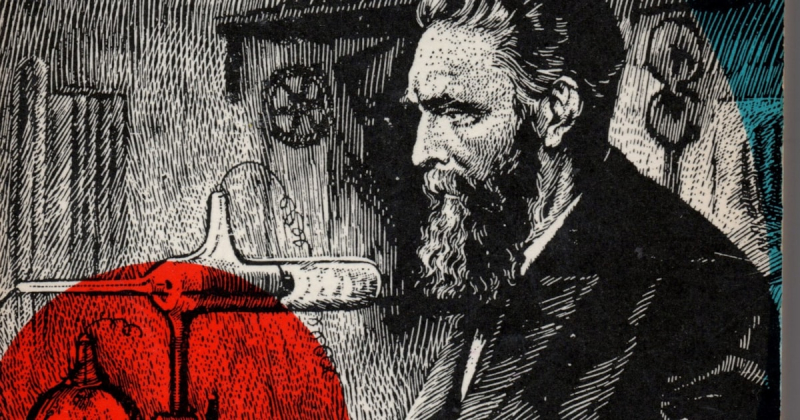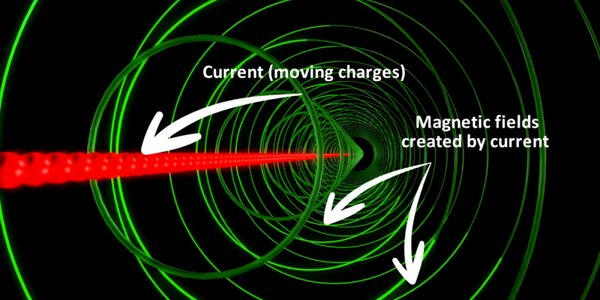He paved the way for important theories in physics
One of the interesting facts about James Clerk Maxwell is that he paved the way for important theories in physics. Maxwell demonstrated through a number of experiments that electromagnetic radiation, which includes radio waves, microwaves, and the like, includes visible light as one of its many types. An intriguing fact about James Clerk Maxwell is that this discovery opened the door for significant advancements in physics including quantum mechanics and Einstein's theory of relativity.
He contributed to the creation of the Maxwell-Boltzmann distribution, which uses statistics to illustrate some concepts in the kinetic theory of gases. Additionally, he is renowned for developing the first long-lasting color image in 1861 and for his groundbreaking investigation of the rigidity of rod and joint (truss) frames, which are common in bridges.
His discoveries laid the foundation for disciplines like special relativity and quantum mechanics, which helped usher in the modern era of physics. The majority of scientists believe that Maxwell was the 19th-century scientist who had the greatest impact on 20th-century physics. Many people believe that his contributions to science are on par with those of Albert Einstein and Isaac Newton. Maxwell came in third place behind Newton and Einstein as the best physicist of all time in the millennium poll, which surveyed the top 100 physicists. Maxwell's work was hailed by Einstein as "the deepest and most fruitful that physics has experienced since Newton" on the occasion of his birth's 100th anniversary.











